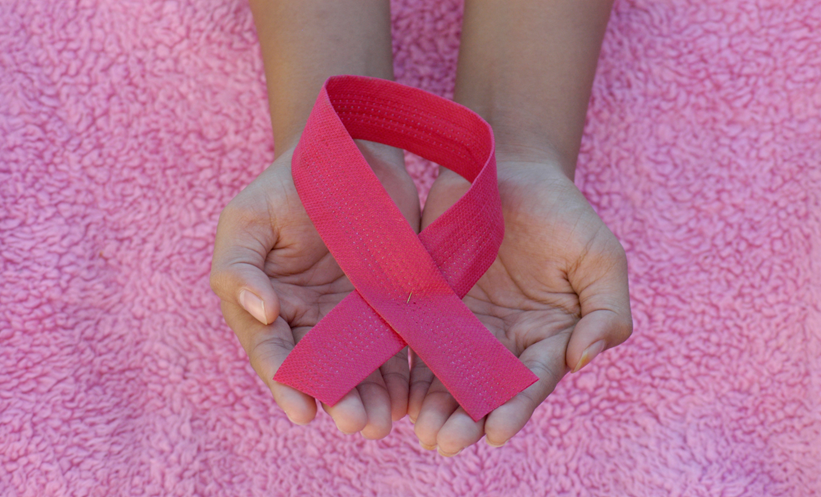THERE IS an increased risk of second primary cancers (SPC) among breast cancer (BC) survivors, a recent 25-year retrospective cohort study has reported. The study in question, the largest of its kind to date, included 584,965 participants (99.4% female; 0.6% male) diagnosed between 1995–2019. Despite the evident bias towards female subjects, this closely resembles the typical population distribution, whereby >99% of those diagnosed with BC are female.
Both sexes demonstrated an increased risk of both contralateral breast and non-breast SPCs. In female BC survivors, the risk of second primary contralateral BC was twice that of the general population. Similarly, risks of endometrial cancer, ovarian cancer, and myeloid leukaemias were 87%, 58%, and 25% greater, respectively. Similarly, male BC survivors were 55 times as likely as the general male population to develop contralateral breast cancer, with a 58% increased risk of second primary prostate cancer.
In line with previous data, age at diagnosis was a highly influential factor in SPC risk. Females diagnosed with breast cancer before the age of 50 had an 86% increased risk of developing an SPC compared to the general population at the same age. Conversely, females diagnosed after the age of 50 had a 17% increased risk. Though this does not align with our understanding of age as a risk factor for oncogenesis, the contribution of specific polymorphisms (e.g. BRCA genes 1 and 2) to BC development in young females is well-documented, and may provide an explanation as to why the disparity between younger and older females is so profound.
A key factor that differentiates this study from its predecessors, aside from its sheer scale, is the assessment of socioeconomic influence on SPC risk. Indeed, the data indicated a 35% greater risk of SCPs among females from socioeconomically deprived backgrounds, compared to those from the least deprived backgrounds. Despite the natural heterogeneity among individuals belonging to these groups, the greater prevalence of smoking, obesity, and alcohol consumption among deprived cohorts may explain this discrepancy. In response to these findings, Isaac Allen, Department of Public Health and Primary Care, University of Cambridge, UK, commented: “This is further evidence of the health inequalities that people from more deprived backgrounds experience.”
Overall, this study indicates a heightened risk of SPCs among both male and female BC survivors, while highlighting the contribution of socioeconomic deprivation as an additional risk factor. Katrina Brown, Cancer Research UK, emphasised the need for further investigation, commenting: “More research is needed to understand what is driving this difference [in risk], and how to tackle these health inequalities.”
Reference:
Allen I et al. Risks of second primary cancers among 584,965 female and male breast cancer survivors in England: a 25-year retrospective cohort study. Lancet Reg Health Eur. 2024;DOI:10.1016/j.lanepe.2024.100903.








